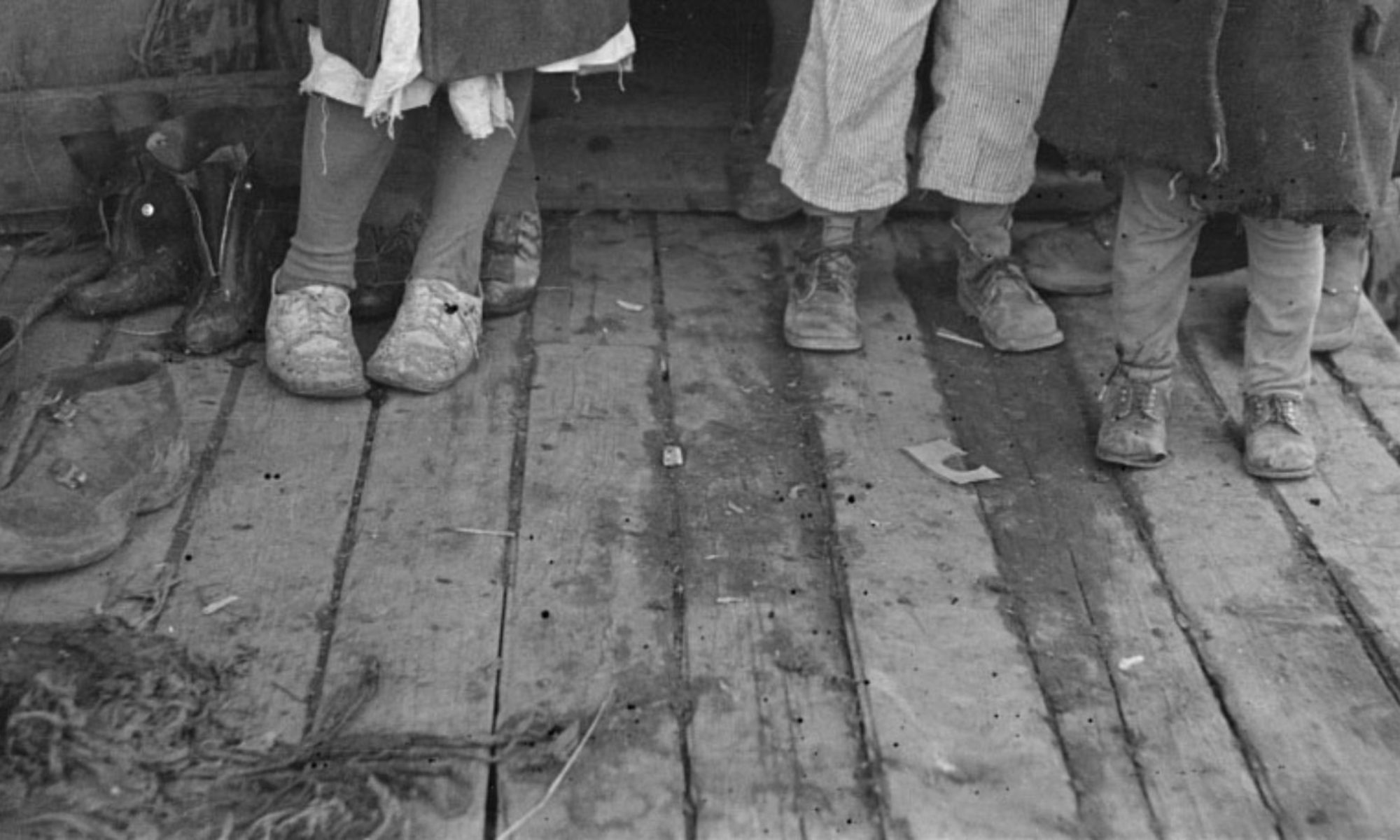Forces of inequality had an immense effect on the way young people experienced childhood. The “ideal” child pushed by society as being worthy of nurturing and protection was white, protestant and middle class (Holloway & Valentine, 2000). Children who did not fit into at least one of these categories found themselves restrained by a society plagued with structural violence by means of institutional racism, misogyny, classism and xenophobia (Miyares, 2014). The physical conditions a child was living in, and their access to supportive materials like medical care, shoe stores or simply decent sanitation, changed depending on the child’s race, socioeconomic status and where the family was living (Alphonso 2014).

The perceived “benefits” of childhood in the early 20th century were heavily dependent on these factors as well (Alphonso 2014). In addition, the health and education reform movements during this time were heavily influenced by the fact that they were predominantly white (Miyares 2014). Racial biases – particularly the institutionalization of racism – meant that the only children deemed “worthy” of saving were white ones (Miyares 2014). In the Jim Crow-era America south, education reform that would make it easier for children to get to school, and create an environment that was clean and prevent injury, were only applied to white schools in rural areas, leaving the “colored” schools to fend for themselves with no government aid (Holley 2001). These types of social inequalities determined who would be able to live the “ideal” childhood and who would not.
